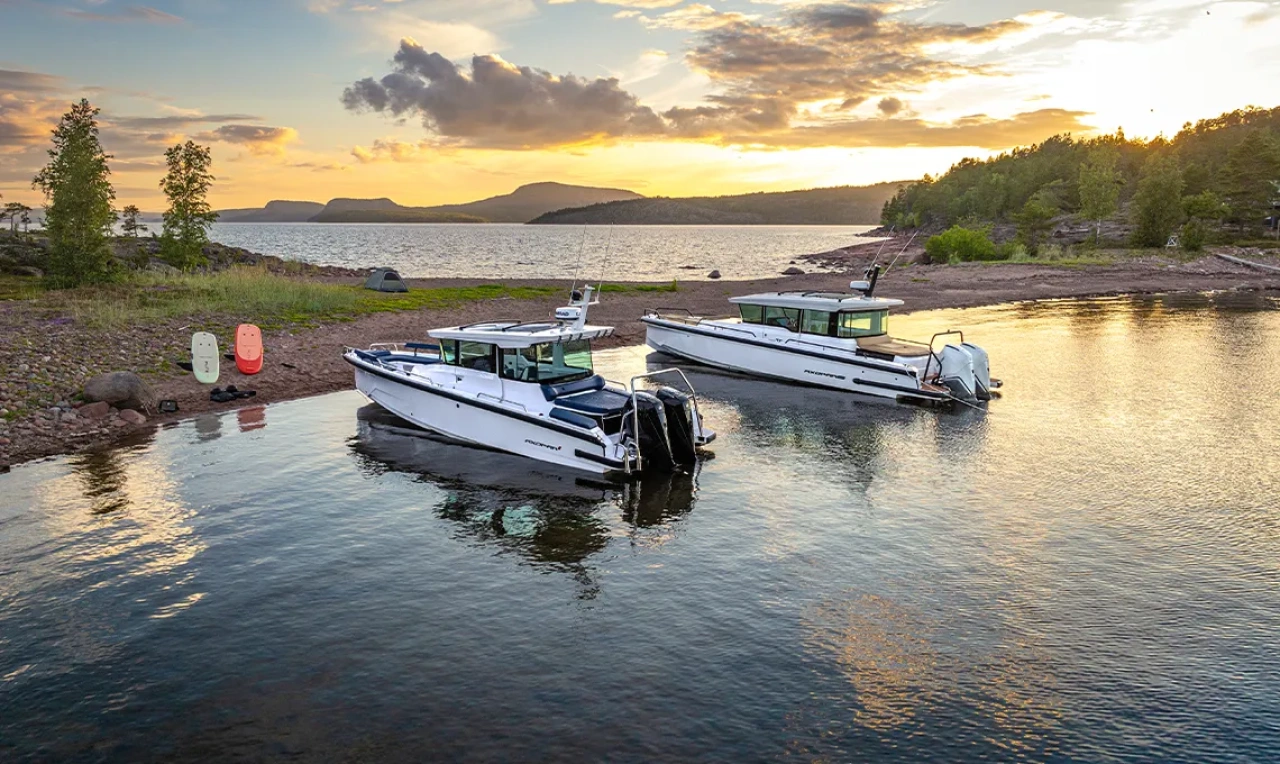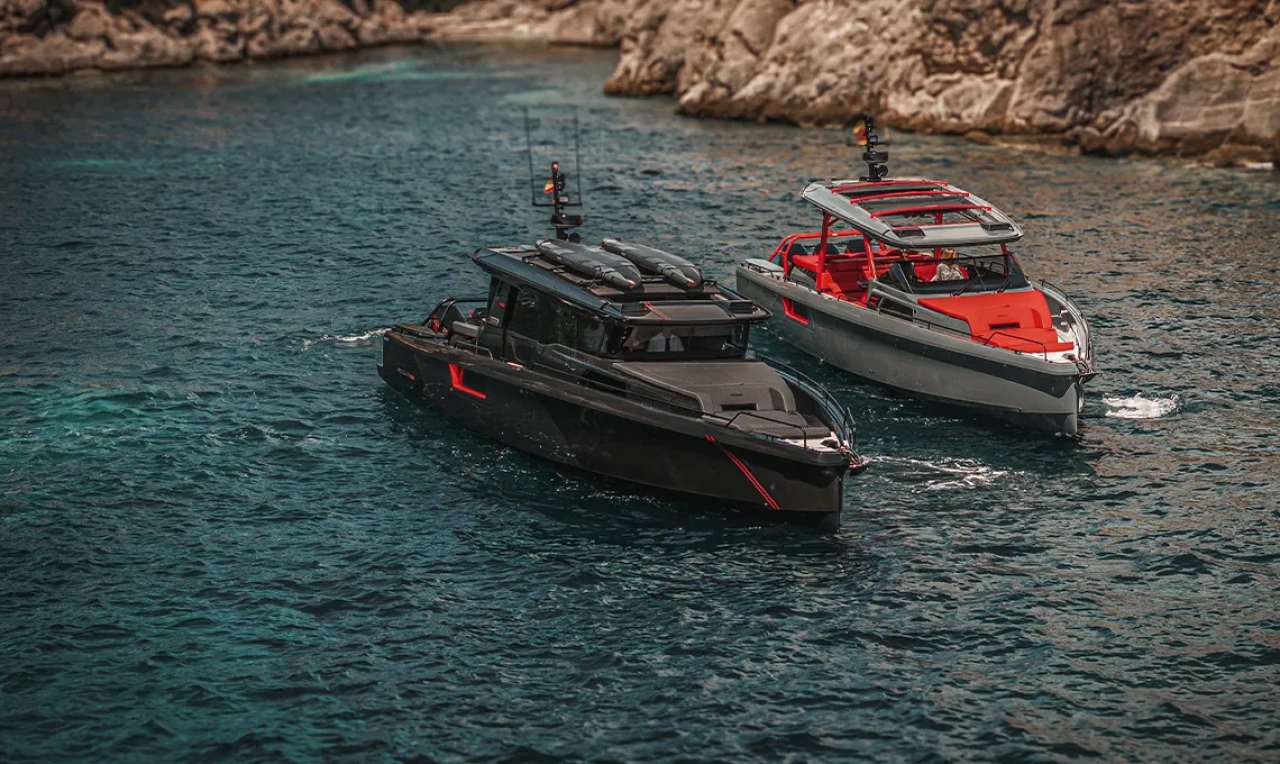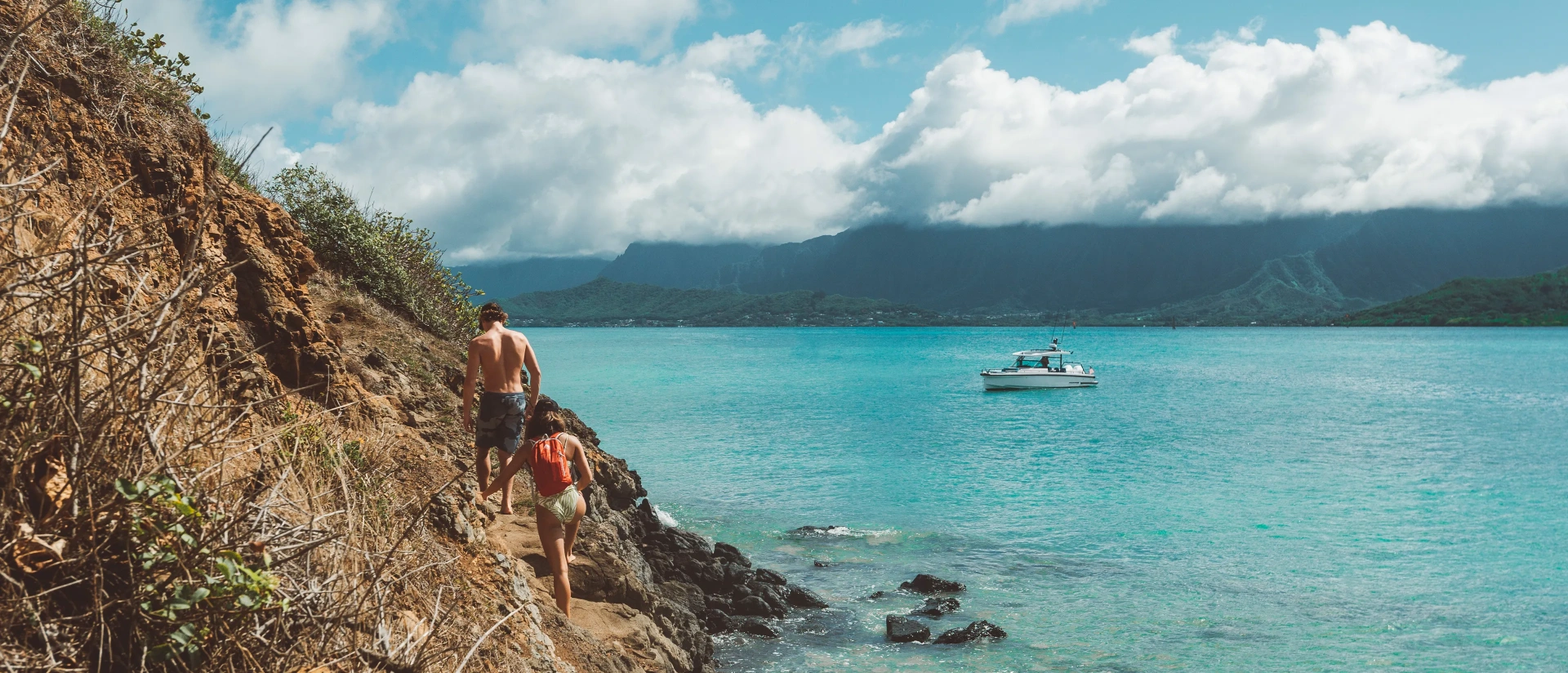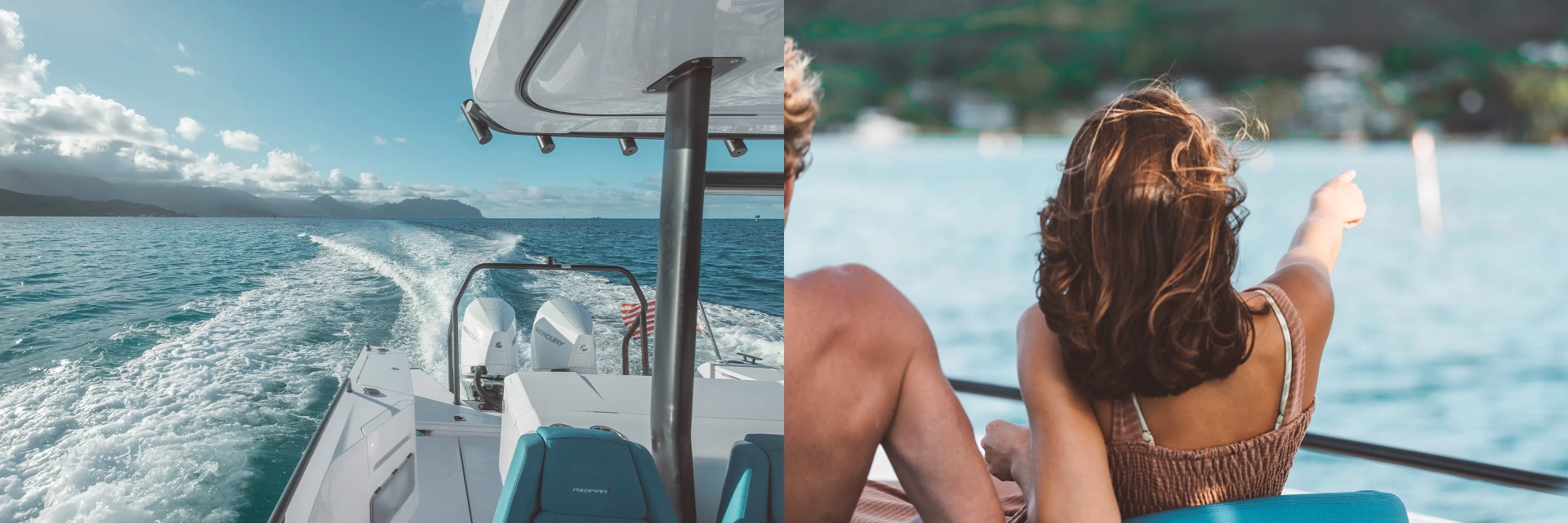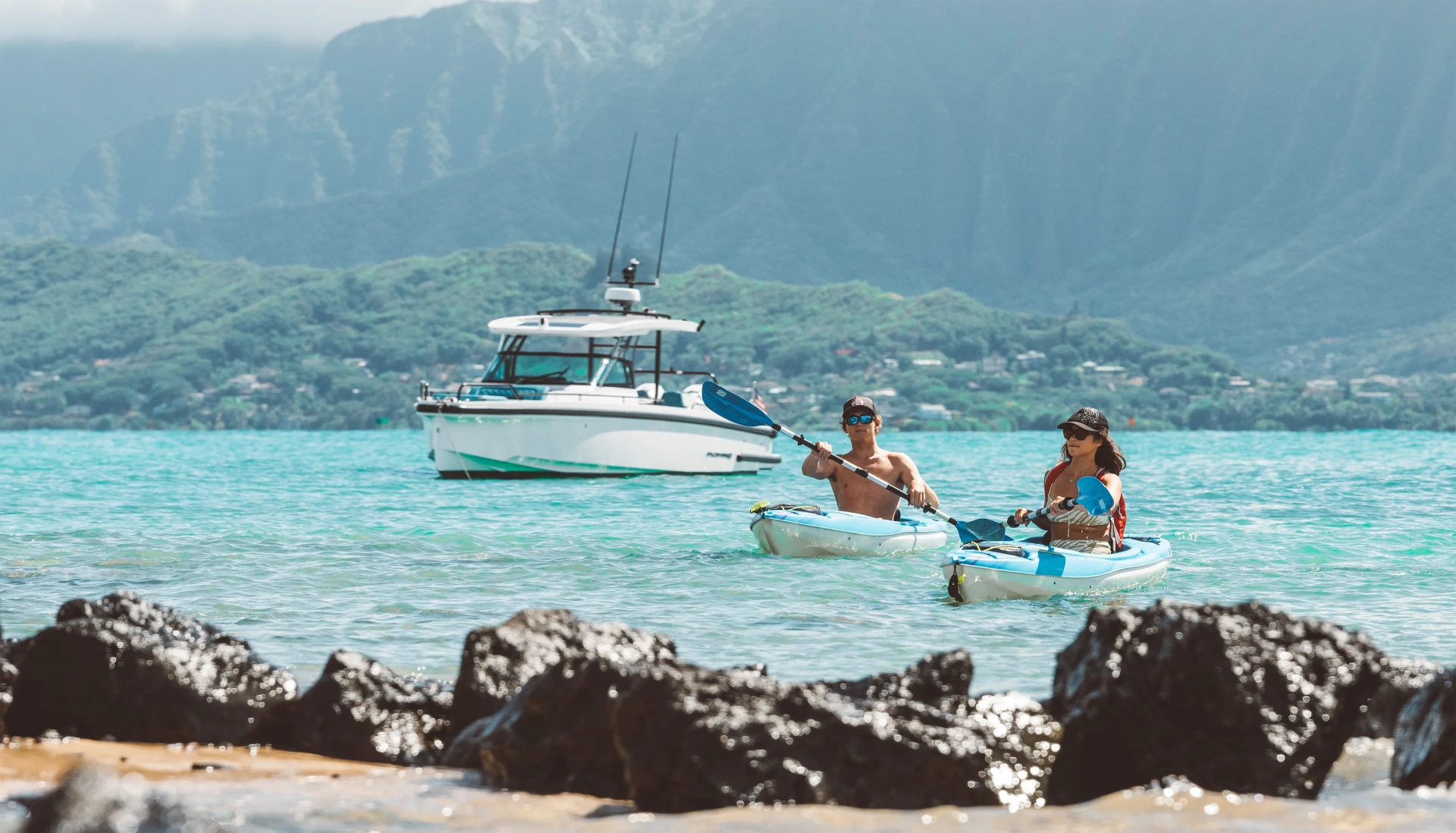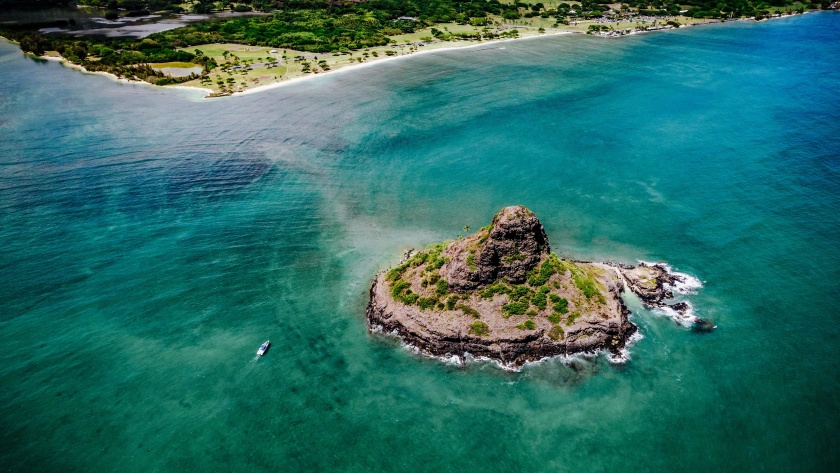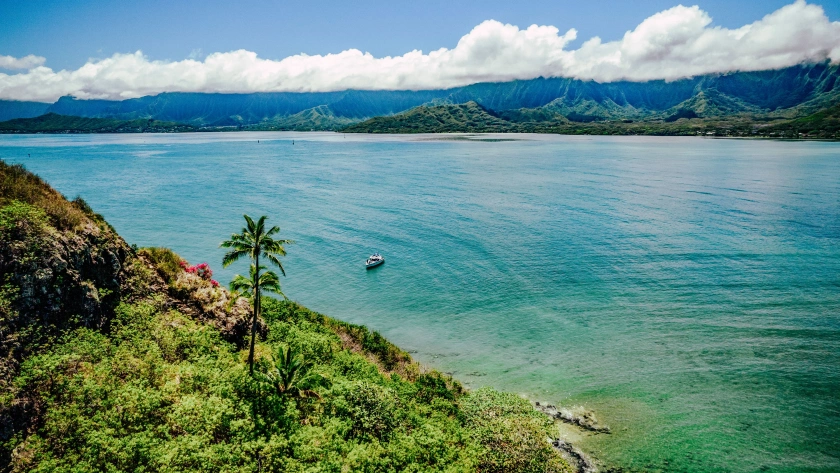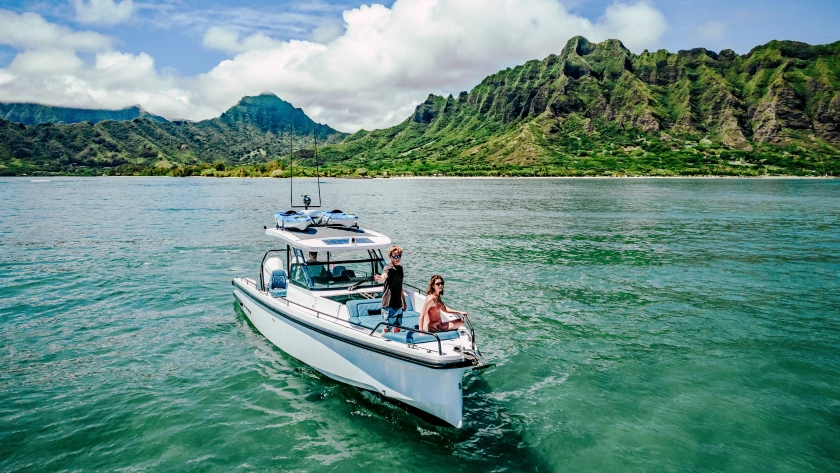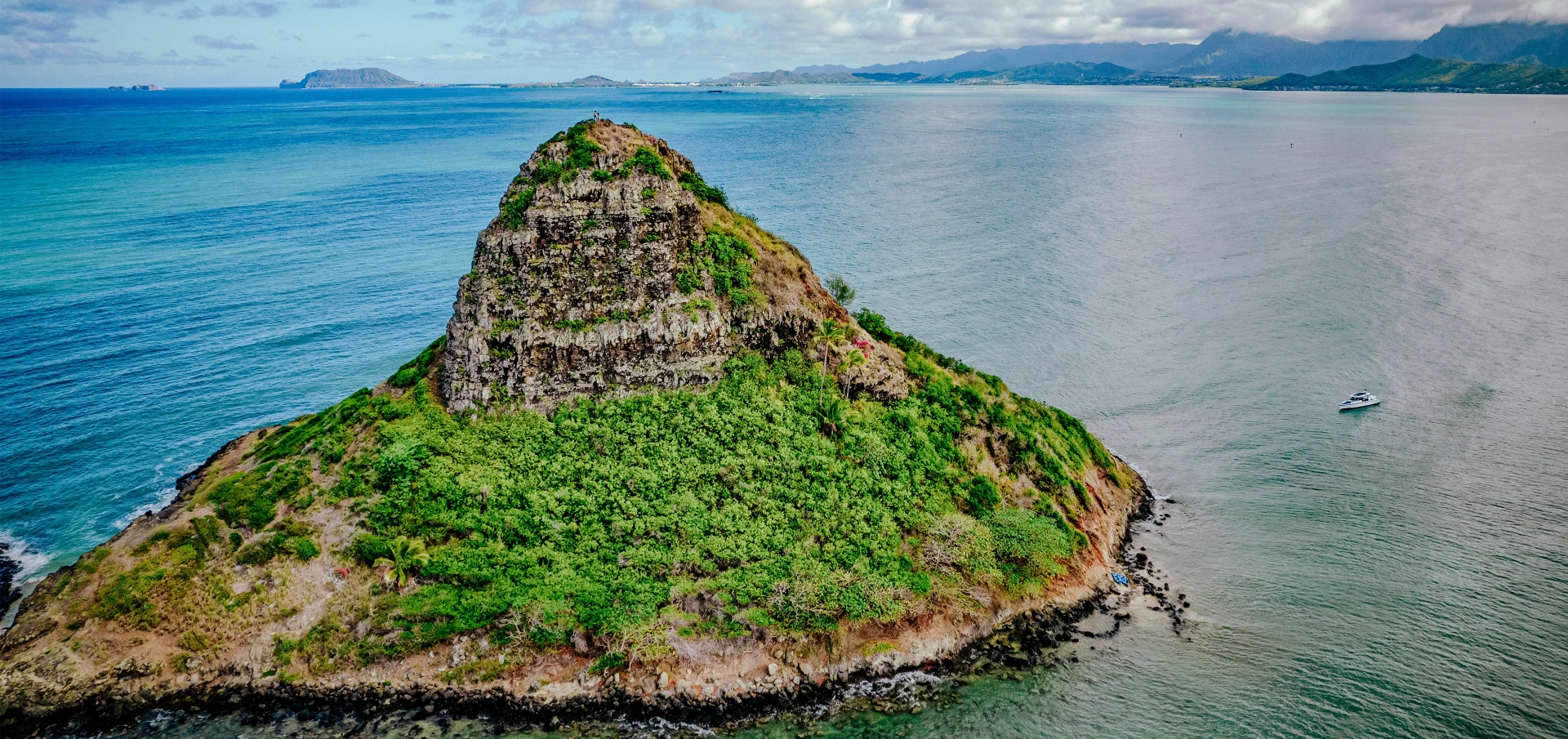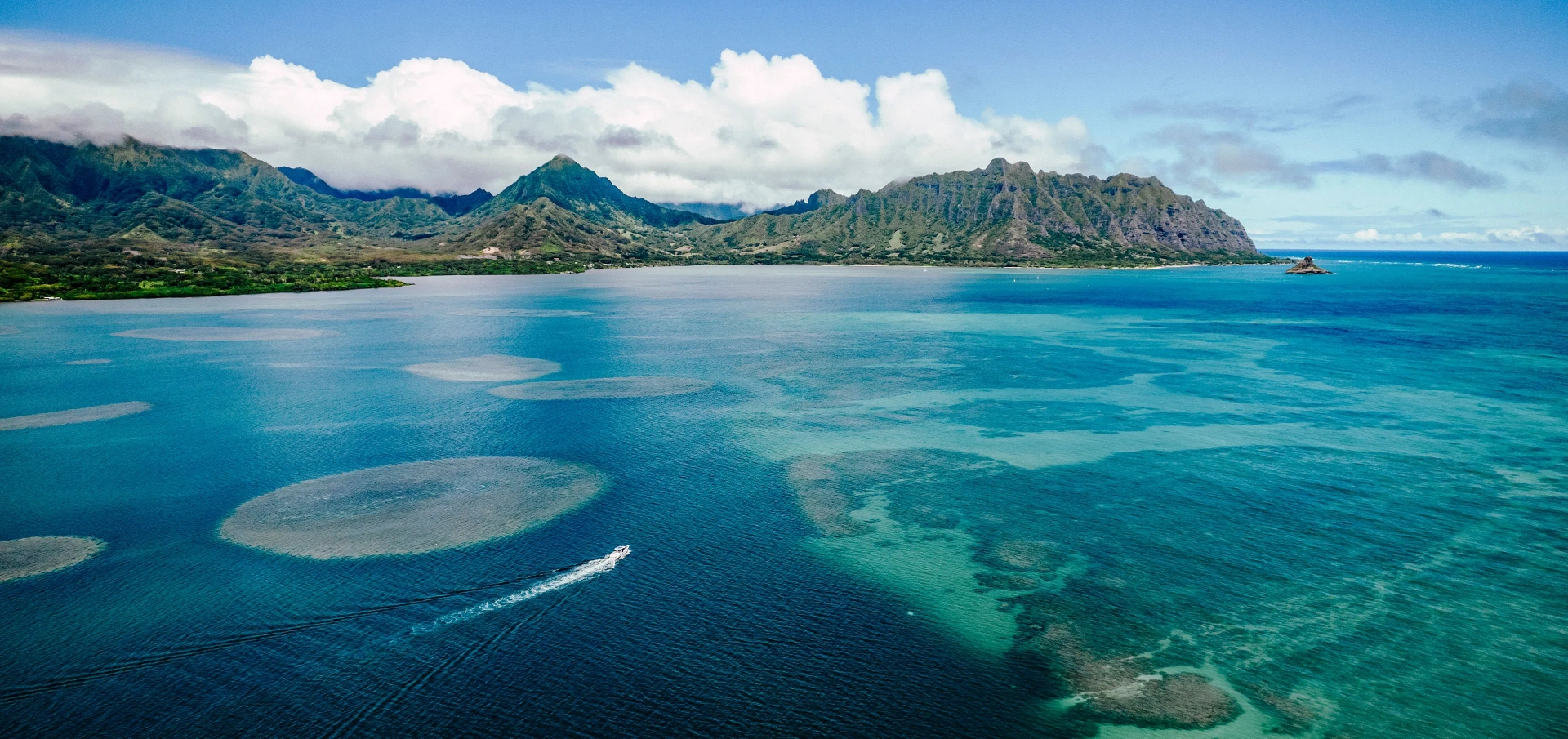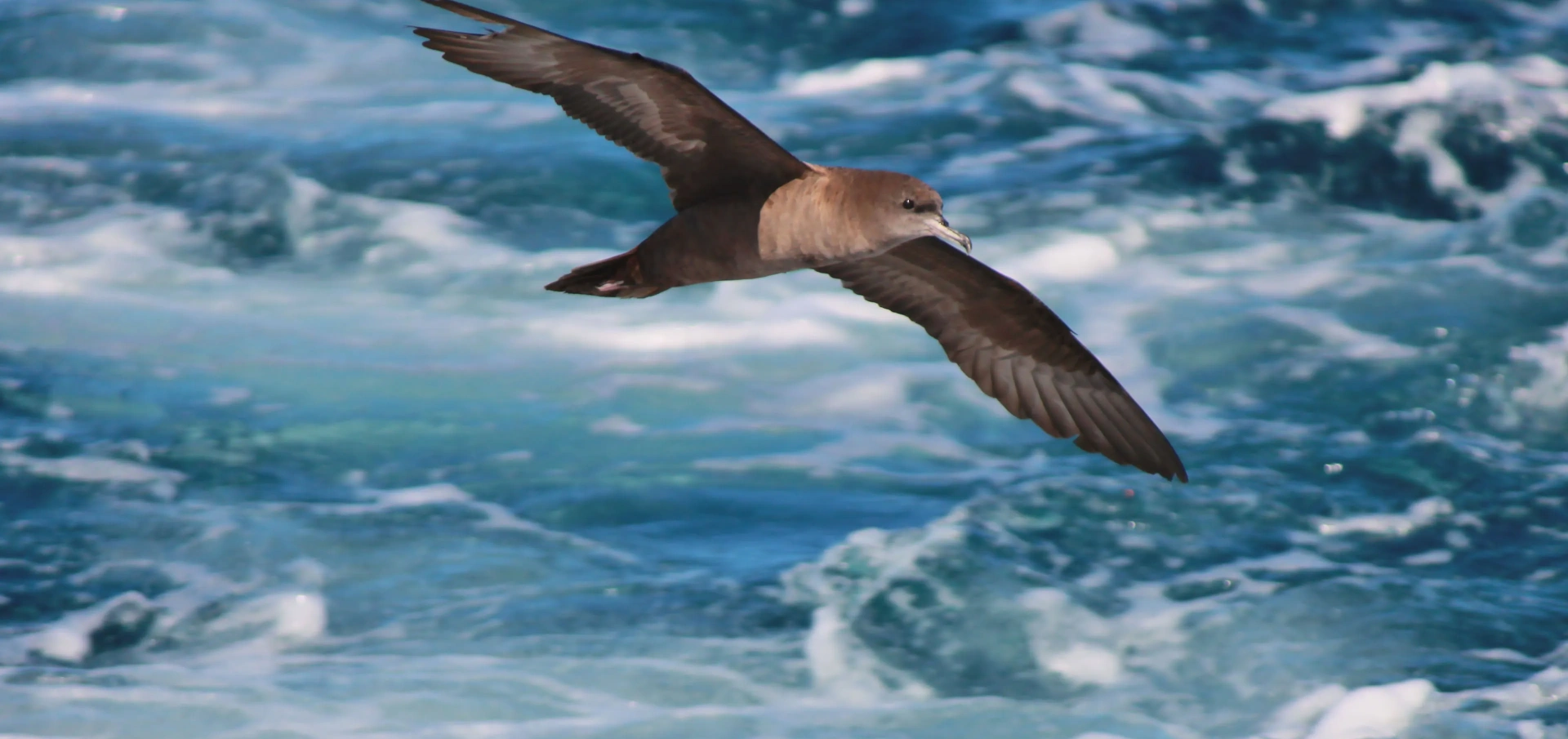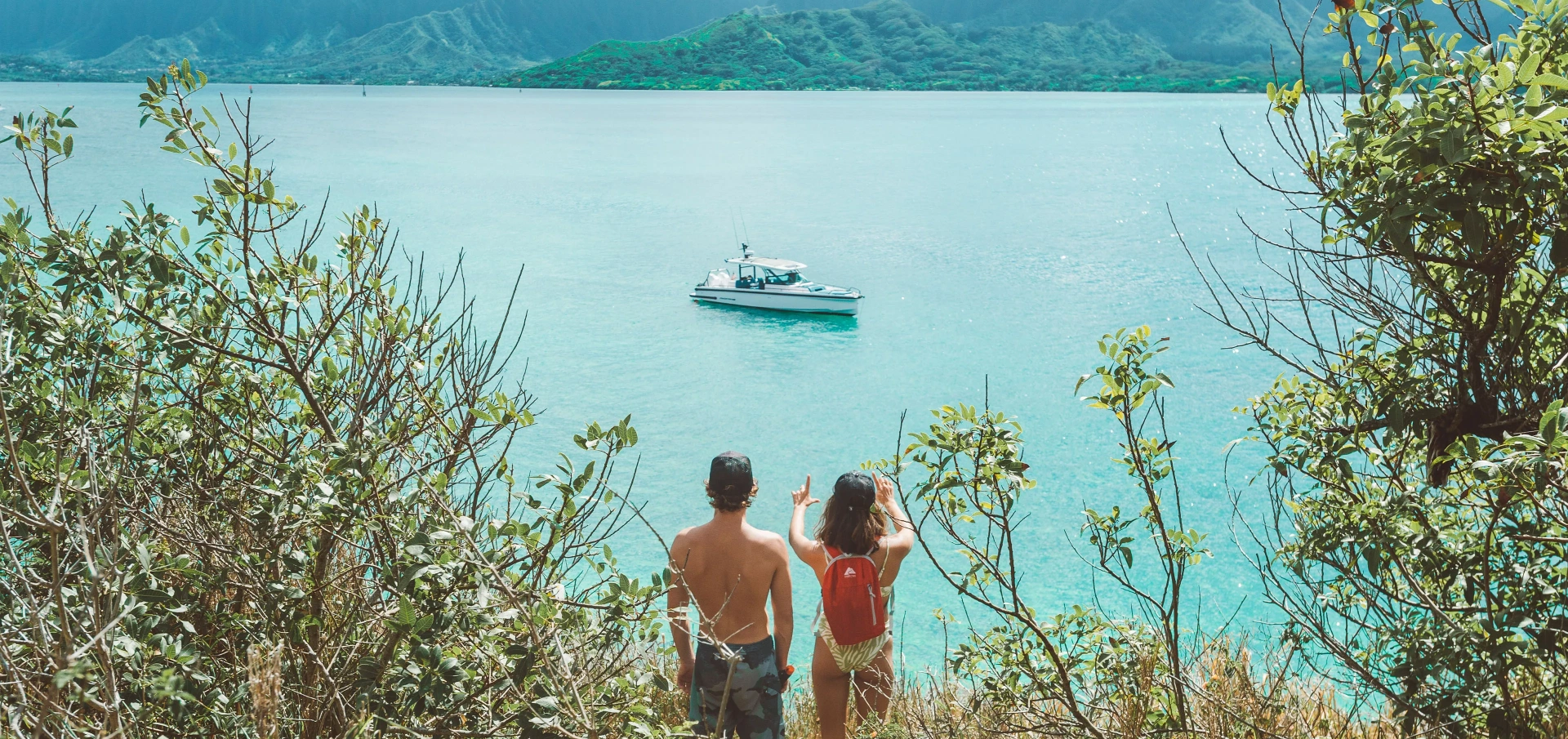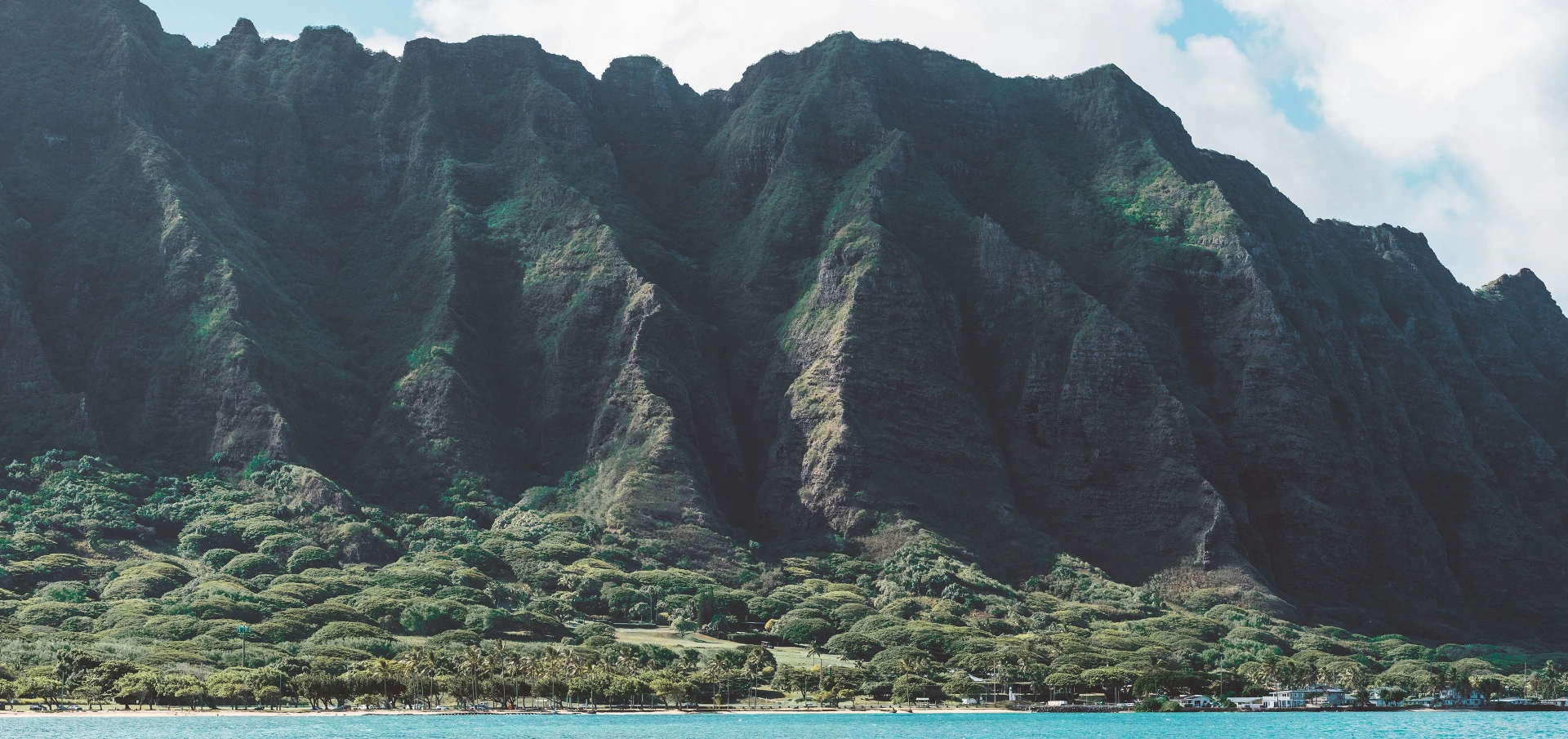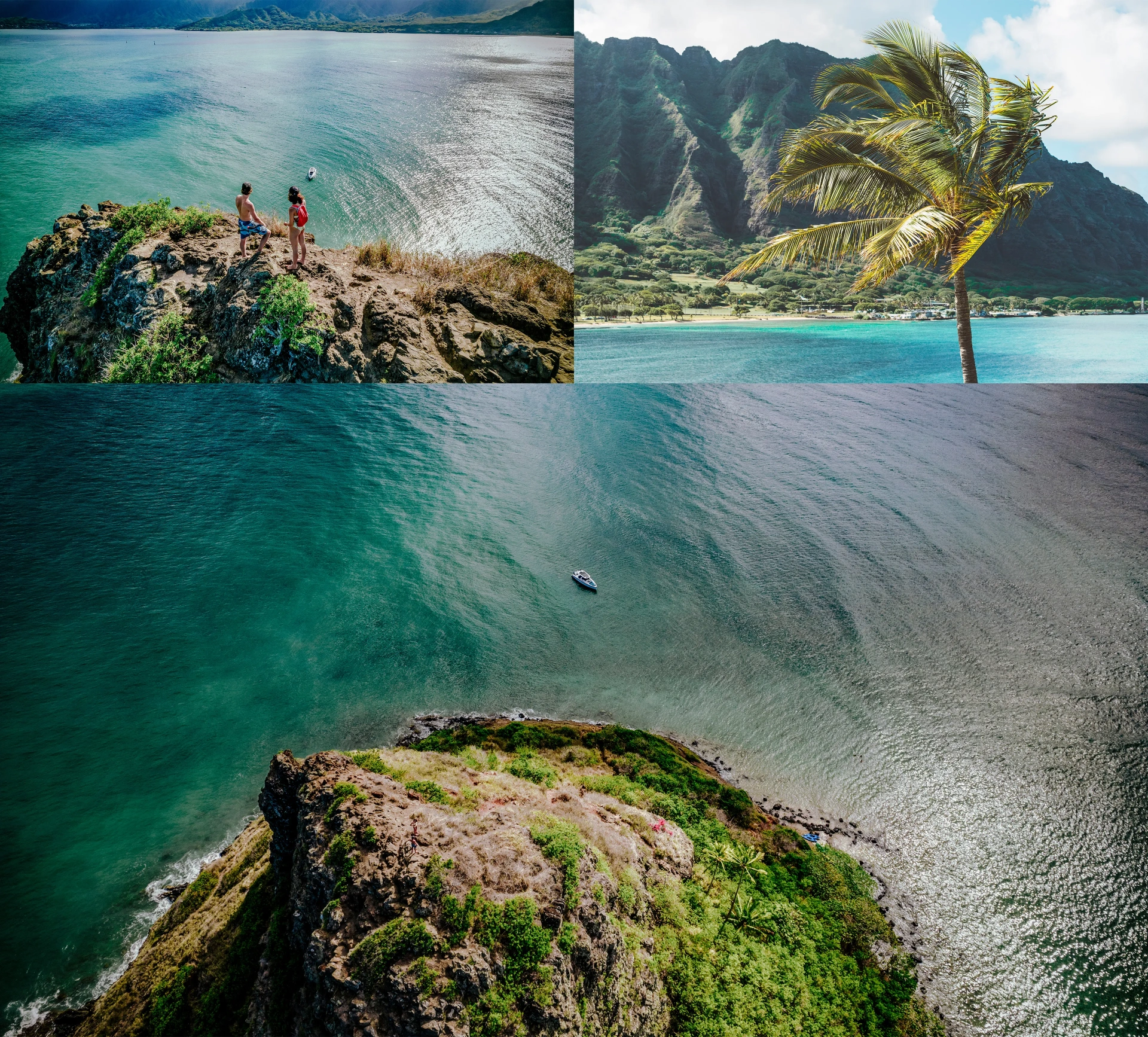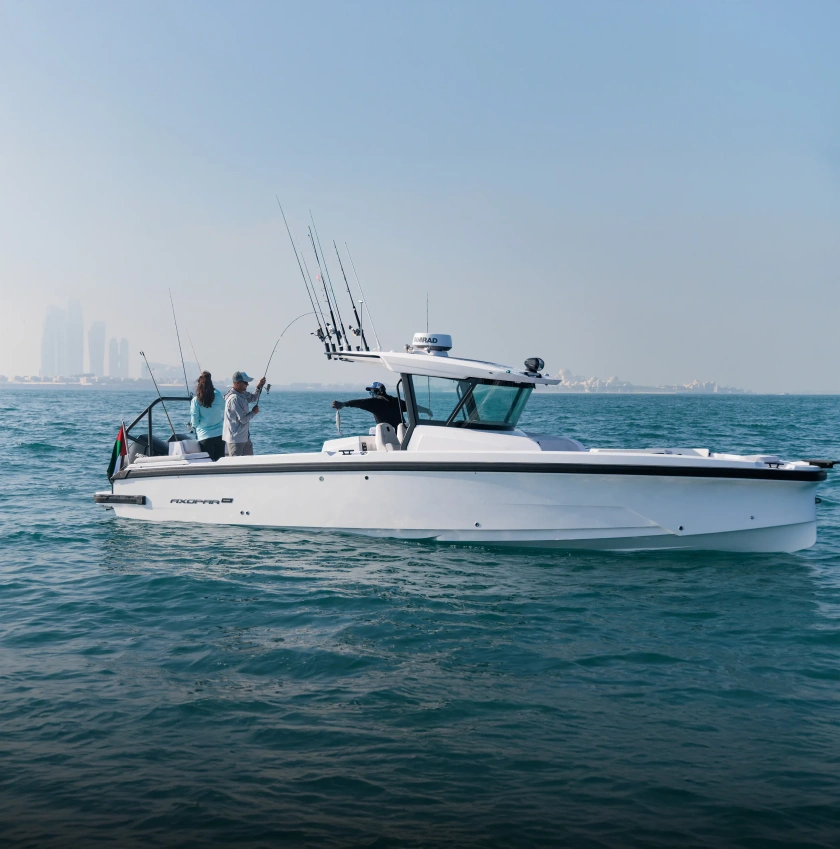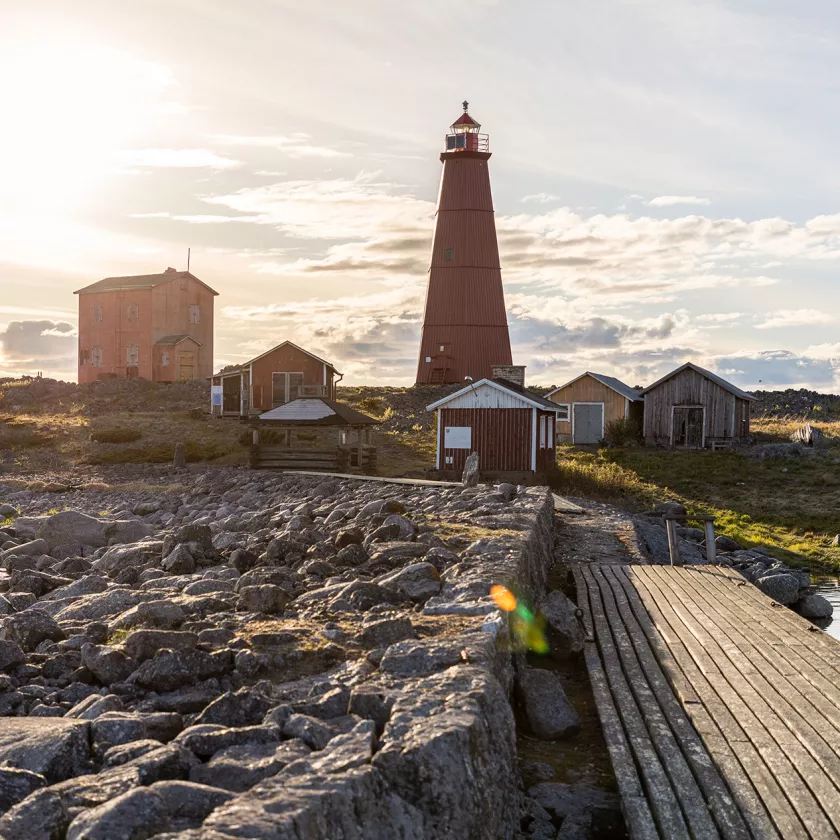Only bring what you can carry.
The basalt island that appeared as a dot on the horizon moments ago is now towering grandly in front of them. It is ever so welcoming to the young adventure couple who arrives at the sandy shore in their sit-on-top kayaks. They travel lightly, carrying only their swimwear and a backpack with the camera gear that will eternalize this trip. Not even the lava rocks this island is made of pose any challenge to feet that rarely find themselves confined in shoes.
